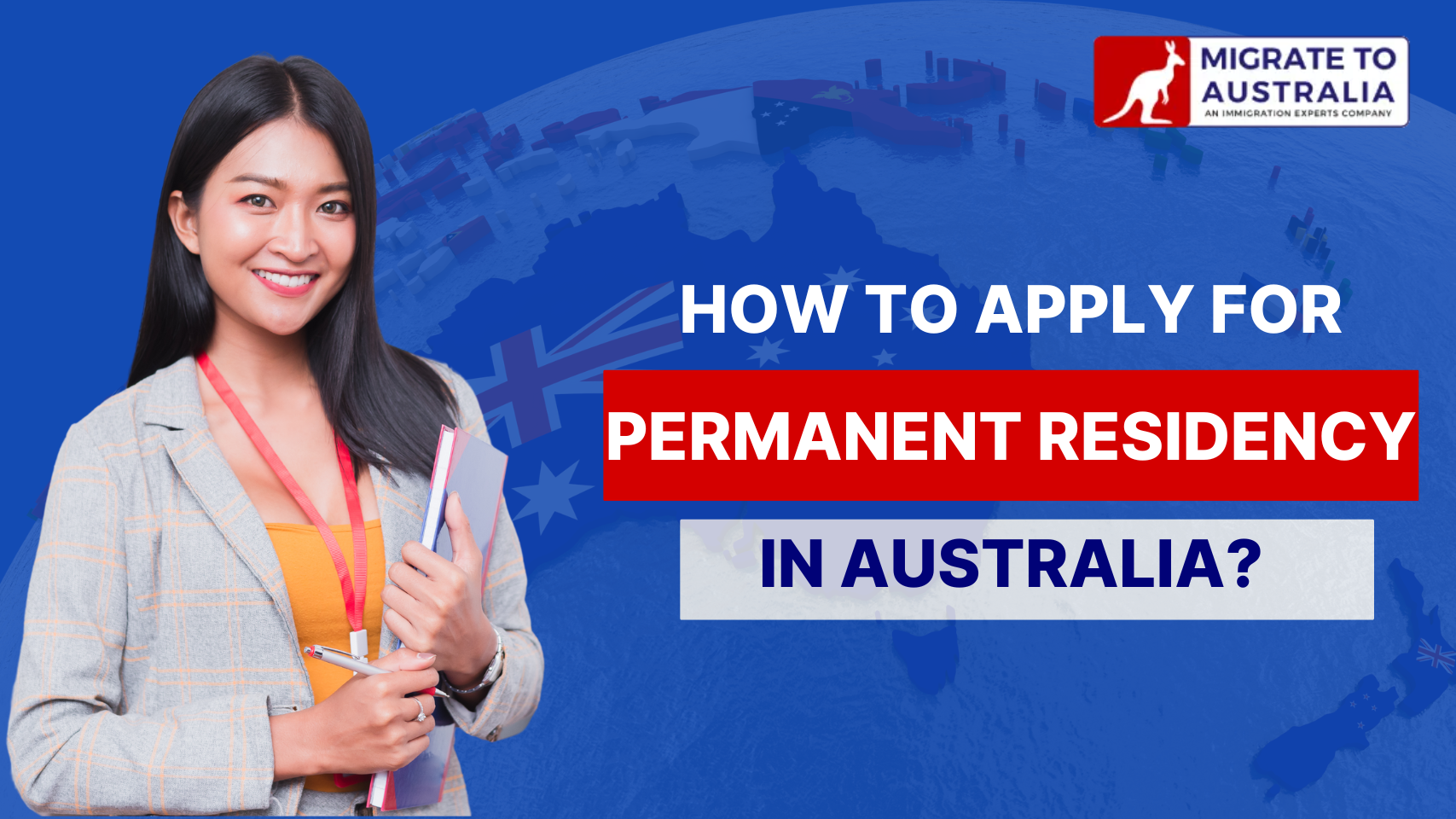Australia is known for its high standard of living, vibrant culture, and diverse landscapes, making it a popular destination for individuals looking to migrate. Applying for permanent residency (PR) in Australia can be a complex process, but understanding the steps involved can make it more manageable. This guide will walk you through how to apply for permanent residency in Australia, focusing on key elements such as the PR visa, the role of assessment authorities, and tips for a successful application.
Understanding Permanent Residency in Australia
Permanent residency in Australia allows individuals to live, work, and study visa in the country indefinitely. It also provides access to various social benefits and healthcare services. The primary pathway to obtaining a PR visa is through skilled migration, family reunification, or humanitarian programs.
Step 1: Determine Your Eligibility
Before you start the application process, it’s crucial to determine if you are eligible for a PR visa. The eligibility criteria vary depending on the visa subclass you choose. Some common factors include:
- Age: Generally, applicants must be under 45 years old.
- English Language Proficiency: Applicants are required to demonstrate a certain level of English proficiency, usually through tests like IELTS or TOEFL.
- Skills Assessment: You need to have skills that are in demand in Australia. This often requires a positive skills assessment from an approved Assessment Authority.
- Health and Character Requirements: Applicants must meet specific health standards and pass character assessments, including police checks.
Step 2: Choose the Right PR Visa
Australia offers several PR visa options. The most common ones include:
- Skilled Independent Visa (subclass 189): For skilled workers who are not sponsored by an employer or family member.
- Skilled Nominated Visa (subclass 190): For skilled workers who are nominated by a state or territory government.
- Employer Nomination Scheme (subclass 186): For skilled workers who are sponsored by an employer.
- Family Stream Visas: For individuals with family members who are Australian citizens or permanent residents.
Researching the different types of PR visas available and identifying the one that best suits your situation is vital. Each visa subclass has specific requirements and conditions.
Step 3: Skills Assessment
Once you identify the appropriate PR visa, the next step is to undergo a skills assessment. This is a crucial component of your application, as it verifies that your skills and qualifications meet Australian standards.
- Select an Assessment Authority: Depending on your occupation, you will need to submit your qualifications and work experience to a relevant Assessment Authority. This authority evaluates whether your skills are suitable for your nominated occupation. Each occupation has its designated authority, so it’s essential to find the correct one for your field.
- Prepare Your Documentation: Gather all necessary documentation, including academic transcripts, employment references, and proof of relevant work experience. Ensure that these documents are complete and accurately reflect your qualifications.
- Submit Your Application: Once you have prepared all necessary documents, submit your application to the Assessment Authority. The processing time can vary, so it’s important to plan accordingly.
Step 4: Submit an Expression of Interest (EOI)
After obtaining a positive skills assessment, the next step is to submit an Expression of Interest (EOI) through the SkillSelect system. The EOI is not a visa application but an indication of your interest in applying for a PR visa.
- Provide Required Information: Your EOI will require details about your skills, qualifications, work experience, and English language proficiency.
- Points Test: Australia employs a points-based system for skilled migration. You’ll receive points based on factors such as age, education, work experience, and language ability. Ensure that you score enough points to be invited to apply for a PR visa.
- Wait for an Invitation: Depending on your score and occupation, you may receive an invitation to apply for a visa. Invitations are issued through periodic rounds, and those with higher scores are more likely to be invited.
Step 5: Prepare and Submit Your Visa Application
Upon receiving an invitation to apply, you can prepare your visa application. This is the most critical step in your journey to migrate to Australia.
- Gather Necessary Documentation: Collect all required documents, including your skills assessment, English proficiency test results, identity documents, and health and character checks.
- Complete the Application Form: Fill out the relevant visa application form. Ensure that all information is accurate and complete.
- Pay the Application Fee: PR visa applications require a fee, which varies depending on the visa subclass. Be prepared to make this payment during the application process.
- Submit Your Application: Once everything is in order, submit your visa application through the Department of Home Affairs website.
Step 6: Await Decision
After submission, the processing time for PR visa applications can vary. During this period, the Department of Home Affairs may request additional information or documents. It’s crucial to respond promptly to any requests to avoid delays in your application.
Conclusion
Applying for permanent residency in Australia is a significant step towards a new life in a vibrant and welcoming country. By understanding the application process, determining your eligibility, and ensuring that you meet the requirements set by the relevant Assessment Authorities, you can enhance your chances of a successful application.
As you prepare to migrate to Australia, stay informed about changes in immigration policies and procedures. Engaging with immigration experts or legal advisors can also provide valuable insights and assistance throughout your journey. With dedication and preparation, you can turn your dream of living in Australia into a reality.

